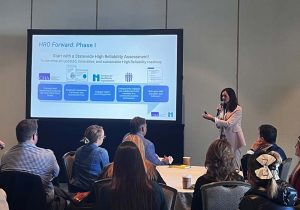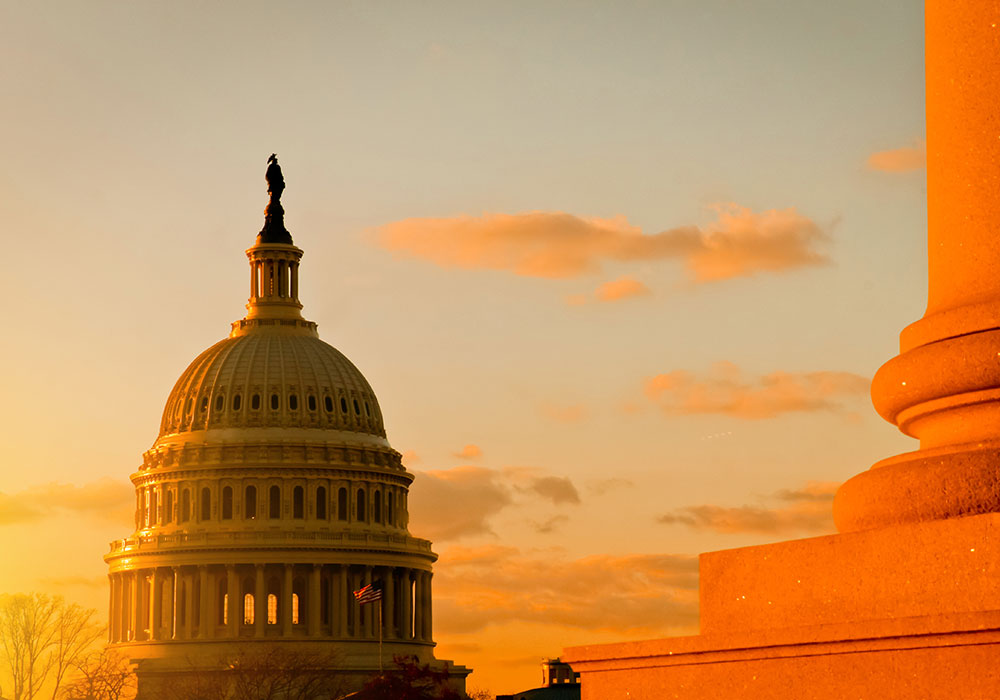In a presentation at the Medicaid Assistance Program Oversight Council (MAPOC) monthly meeting on Friday, March 14, the Connecticut Department of Social Services (DSS) modeled how potential federal proposals to reduce Medicaid spending would impact services in the state of Connecticut.
Congress is currently considering how to proceed with the budget reconciliation process, and DSS noted that little is known about what policies might move forward. DSS Medicaid Director Bill Halsey explained the state has been partnering with the Tobin Center for Economic Policy at Yale University to develop models projecting the effects on Connecticut’s Medicaid program if any or several of the proposals are enacted. The various scenarios in the models include:
- Reduction of the federal match for HUSKY D
- Removal or reduction of the federal match minimum
- Cap on per capita federal spending
- Reduction of the provider tax safe harbor limit
- Penalty for funding healthcare for non-citizens
- Sunset on enhanced health insurance exchange subsidies supporting Covered CT
- Reduction of other programs’ (non-HUSKY D) enhanced match
- Work requirements for Medicaid programs
Connecticut state officials say they fear federal contributions to the jointly funded program are at risk, which would place significant burden on state governments to bridge the gap or be forced to cut services, and they are preparing to respond if necessary.
The budget resolution adopted by the U.S. House in late February charges the House Energy and Commerce Committee with identifying $880 billion in spending reductions over the next decade. Given the size of the Medicaid program, the nonpartisan Congressional Budget Office (CBO) showed in a letter to lawmakers that it would be impossible to meet the budget target without affecting Medicaid. Under congressional rules, before this budget-cutting exercise can begin, both the House and Senate must agree to the same budget resolution. To date, each chamber has adopted separate measures that must be reconciled.
The Connecticut Hospital Association (CHA) is following the congressional process very closely and has visited Connecticut’s congressional delegation in Washington, D.C. to stress the importance of protecting the Medicaid program. As DSS discussed in its presentation, there is much uncertainty related to outcomes. Amid uncertainty in Washington, CHA is advocating for collaboration on the state level and for a state biennial budget that protects patients, supports care delivery and the healthcare workforce, and plans for Connecticut’s future, in part by addressing chronic Medicaid underpayment.
Medicaid Underpayment Drives Acute Care Utilization and Healthcare Costs
During the MAPOC meeting, DSS administrators also provided a high-level update on financial trends in the Connecticut Medicaid program from fiscal year (FY) 2024 through the first half of FY 2025, including a review of Medicaid spending by service category, Medicaid per member per month (PMPM) spending, Medicaid as a share of the state budget, and Medicaid cost drivers. The analysis concludes that Medicaid enrollment remains higher than pre-pandemic levels despite redetermination of eligibility during the public health emergency unwind, and expenditures and utilization continue to increase after dropping during the pandemic as beneficiaries seek treatment they delayed during the pandemic.
DSS data show hospital services account for the largest share of DSS Medicaid spending at 29% of costs in FY 2024 and 27% in FY 2025, followed by nursing homes and long-term care facilities at 18% in both years. During that same period, expenditures for home health, home care, related waivers, and pharmacy grew. DSS administrators expressed concern over the rise in PMPM rates across all three HUSKY Health (Connecticut’s Medicaid program) plans.
Critically, Connecticut’s Medicaid-to-total-state-budget ratio is consistently lower than the peer state and national averages. These data confirm what providers already know: the state is substantially underfunding the Medicaid program to the detriment of patients and healthcare providers. Sustained investment in long-term prevention and economic, environmental, and social drivers of health could lower costly avoidable service utilization.
Connecticut hospitals and health systems continue to engage state officials, legislators, and the governor on CHA’s comprehensive Medicaid redesign framework, a plan that addresses root-cause drivers of health and generates long-term healthcare savings.




